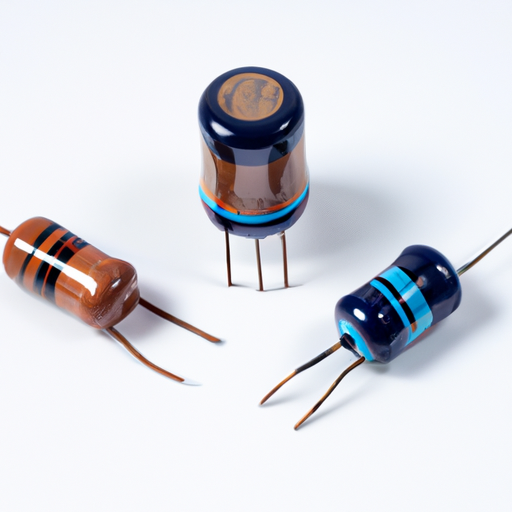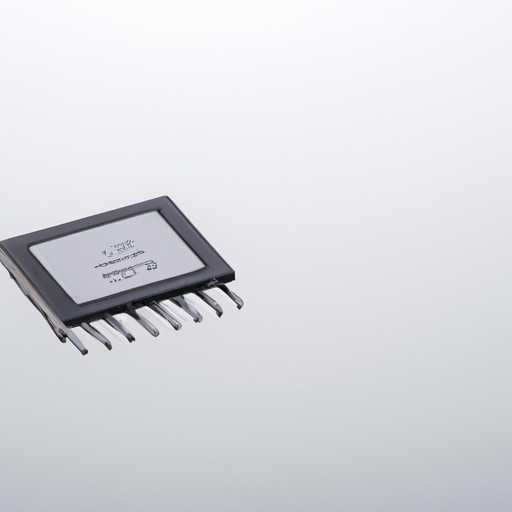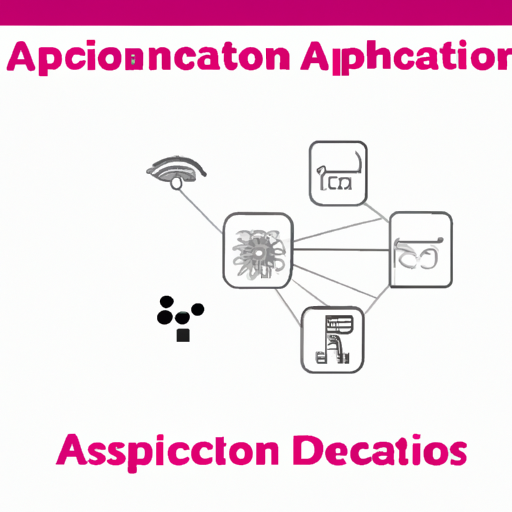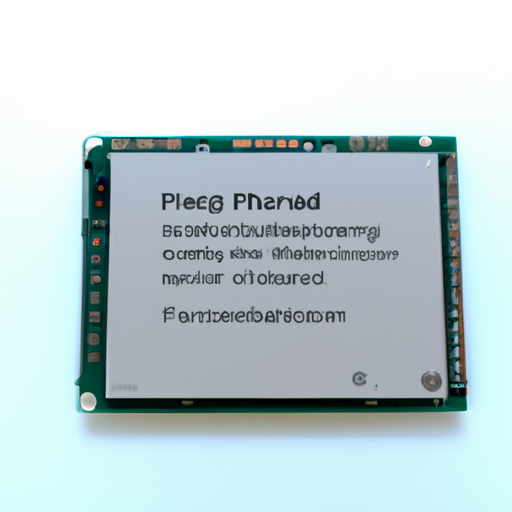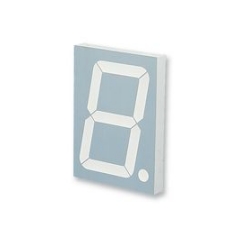What kind of products are capacitors and capacitors?
What Kind of Products are Capacitors and Capacitors?
I. Introduction
Capacitors are fundamental components in the world of electronics, playing a crucial role in various applications ranging from power supply circuits to signal processing. Defined as passive electronic components that store and release electrical energy, capacitors are essential for the proper functioning of many devices we use daily. This article aims to provide a comprehensive understanding of capacitors, their types, applications, innovations, challenges, and future outlook.
II. Understanding Capacitors
A. Basic Principles of Capacitance
1. **Definition of Capacitance**: Capacitance is the ability of a capacitor to store an electrical charge. It is measured in farads (F), with common subunits being microfarads (µF) and picofarads (pF). The capacitance value indicates how much charge a capacitor can hold at a given voltage.
2. **How Capacitors Store and Release Energy**: Capacitors consist of two conductive plates separated by an insulating material called a dielectric. When a voltage is applied across the plates, an electric field is created, causing positive and negative charges to accumulate on opposite plates. This stored energy can be released when the circuit requires it, making capacitors vital for energy management in electronic devices.
B. Types of Capacitors
Capacitors come in various types, each designed for specific applications and performance characteristics:
1. **Electrolytic Capacitors**: Known for their high capacitance values, electrolytic capacitors are polarized components that use an electrolyte as one of their plates. They are commonly used in power supply circuits for smoothing and filtering.
2. **Ceramic Capacitors**: These capacitors are made from ceramic materials and are non-polarized. They are widely used in high-frequency applications due to their stability and low equivalent series resistance (ESR).
3. **Film Capacitors**: Constructed from thin plastic films, these capacitors are known for their reliability and low loss characteristics. They are often used in audio applications and timing circuits.
4. **Tantalum Capacitors**: Tantalum capacitors are known for their small size and high capacitance. They are often used in compact electronic devices, such as smartphones and tablets.
5. **Supercapacitors**: Also known as ultracapacitors, supercapacitors can store large amounts of energy and are used in applications requiring rapid charge and discharge cycles, such as energy storage systems and regenerative braking in electric vehicles.
C. Key Specifications and Ratings
When selecting a capacitor, several key specifications must be considered:
1. **Capacitance Value**: This indicates the amount of charge the capacitor can store and is a critical factor in circuit design.
2. **Voltage Rating**: The maximum voltage a capacitor can handle without breaking down. Exceeding this rating can lead to failure.
3. **Tolerance**: This specification indicates how much the actual capacitance can vary from the stated value, affecting circuit performance.
4. **Equivalent Series Resistance (ESR)**: A measure of the resistance encountered by the capacitor when AC voltage is applied. Lower ESR values are desirable for high-frequency applications.
III. Applications of Capacitors
Capacitors are utilized in a wide range of applications, showcasing their versatility and importance in modern electronics:
A. Power Supply Circuits
1. **Smoothing and Filtering**: Capacitors are used in power supply circuits to smooth out voltage fluctuations, ensuring a stable output. They filter out noise and ripple, providing clean power to sensitive components.
2. **Energy Storage**: In power supply applications, capacitors store energy temporarily, releasing it when needed to maintain voltage levels during load changes.
B. Timing Circuits
1. **Oscillators**: Capacitors are integral to oscillator circuits, where they work in conjunction with resistors and inductors to generate specific frequencies.
2. **Delay Circuits**: Capacitors can create time delays in circuits by charging and discharging at controlled rates, making them essential in applications like timers and pulse generators.
C. Signal Coupling and Decoupling
1. **Audio Applications**: Capacitors are used to couple audio signals between stages of an amplifier, allowing AC signals to pass while blocking DC components.
2. **RF Applications**: In radio frequency circuits, capacitors help filter and couple signals, ensuring optimal performance in communication devices.
D. Motor Starters and Control Circuits
Capacitors are used in motor starter circuits to provide the necessary phase shift for starting single-phase motors. They also play a role in controlling motor speed and torque.
E. Energy Storage in Renewable Energy Systems
With the rise of renewable energy sources, capacitors are increasingly used in energy storage systems, such as solar inverters and wind turbines, to manage energy flow and stabilize output.
IV. Innovations and Trends in Capacitor Technology
The capacitor industry is continually evolving, driven by advancements in materials and manufacturing processes:
A. Advancements in Materials and Manufacturing
New materials, such as graphene and advanced ceramics, are being explored to enhance capacitor performance, leading to higher capacitance values and improved reliability.
B. Miniaturization and Surface Mount Technology (SMT)
As electronic devices become smaller and more compact, the demand for miniaturized capacitors has increased. Surface mount technology allows capacitors to be mounted directly onto circuit boards, saving space and improving performance.
C. Development of High-Capacity and High-Voltage Capacitors
Innovations in capacitor design have led to the development of high-capacity and high-voltage capacitors, enabling their use in demanding applications such as electric vehicles and industrial machinery.
D. Role of Capacitors in Electric Vehicles and Renewable Energy
Capacitors are essential in electric vehicles for energy storage and management, while in renewable energy systems, they help stabilize power output and improve efficiency.
V. Challenges and Considerations
Despite their importance, capacitors face several challenges:
A. Reliability and Lifespan of Capacitors
Capacitors can degrade over time, leading to failure. Factors such as temperature, voltage stress, and ripple current can affect their lifespan, making reliability a critical consideration in design.
B. Environmental Impact and Recycling
The production and disposal of capacitors can have environmental implications. Efforts are being made to develop more sustainable materials and recycling processes to mitigate these impacts.
C. Selecting the Right Capacitor for Specific Applications
Choosing the appropriate capacitor for a given application requires careful consideration of specifications, performance characteristics, and environmental factors.
VI. Conclusion
Capacitors are indispensable components in modern electronics, playing a vital role in various applications from power supply circuits to renewable energy systems. As technology continues to advance, the future of capacitor technology looks promising, with innovations in materials and design paving the way for enhanced performance and reliability. Understanding capacitors and their applications is essential for anyone involved in electronics, encouraging further exploration and appreciation of these remarkable components.
VII. References
A. Suggested readings and resources for further study:
- "The Art of Electronics" by Paul Horowitz and Winfield Hill
- "Capacitors: Technology and Applications" by John Smith
B. Industry standards and guidelines related to capacitors:
- IEC 60384: Standards for fixed capacitors
- EIA-198: Guidelines for capacitor reliability and testing
By delving into the world of capacitors, we can better appreciate their significance in the technology that shapes our lives. Whether you're an engineer, a hobbyist, or simply curious about electronics, understanding capacitors is a valuable endeavor.

